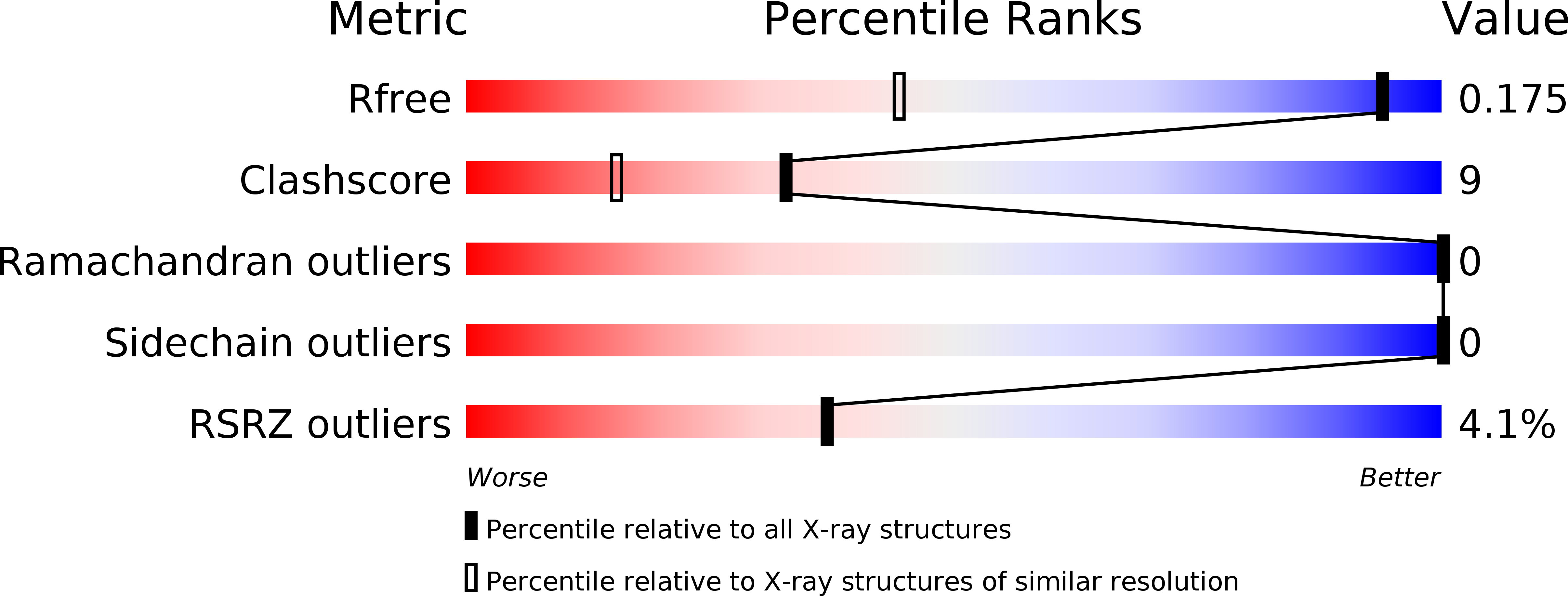
Deposition Date
2016-08-29
Release Date
2017-03-22
Last Version Date
2023-11-08
Entry Detail
PDB ID:
5GUI
Keywords:
Title:
Crystal structure of the N-terminal Domain of Caseinolytic protease associated chaperone ClpC1 from Arabidopsis thaliana
Biological Source:
Source Organism:
Arabidopsis thaliana (Taxon ID: 3702)
Host Organism:
Method Details:
Experimental Method:
Resolution:
1.20 Å
R-Value Free:
0.16
R-Value Work:
0.14
Space Group:
P 21 21 21


